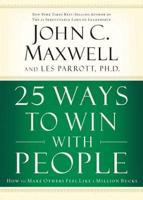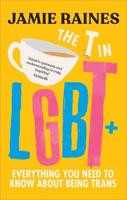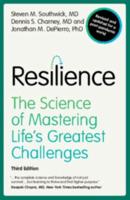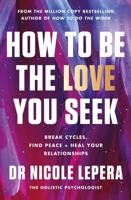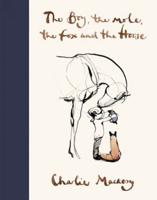Publisher's Synopsis
Paleolithic people lived about 12,000 years ago. They were hunter-gatherers. Their food came from what they could hunt or scavenge. Most paleolithic people were nomads, hunting and gathering while following their food sources. These pre-agriculture people ate meat, roots, wild plants, nuts and seeds. Depending on seasonal availability, fruits were an occasional menu item. The proponents of Paleo suggest that this hunter-gatherer diet produced healthy humans. Followers believe that the advent of agriculture changed dietary habits so rapidly that the human digestive system has not been able to adapt properly and that the result is a decline in human health. Further innovations such as industrial agriculture and the ubiquitous availability of processed foods have further accelerated this process. Paleo adherents know that the diet of the paleolithic people cannot be simply duplicated. However, by following the food choices that broadly emulate those of our distant ancestors, optimal health and well-being can be achieved. This Guide provides an overview to this increasingly popular way of organising food groups, rejecting some and embracing others.

